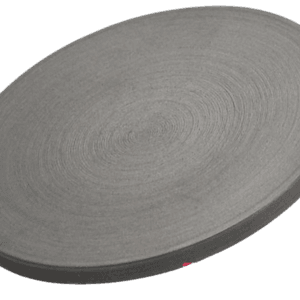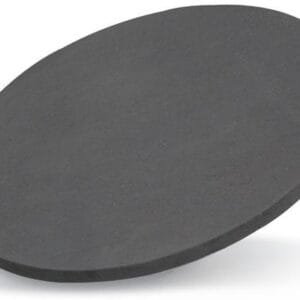Gold Platinum Sputtering Target
Introduction
The Gold Platinum Sputtering Target is a high-value material engineered for thin film deposition, combining the unique properties of two noble metals. Gold contributes excellent conductivity and chemical inertness, while platinum adds outstanding catalytic stability, high melting point, and corrosion resistance. Together, they form a versatile target material widely used in microelectronics, optics, catalysis research, and decorative coatings.
Detailed Description
Gold Platinum Sputtering Targets are typically manufactured by vacuum melting and precision machining or powder metallurgy processes to ensure homogeneity and density. The Au-Pt alloy composition can be customized depending on the application, ranging from Au-rich alloys for conductivity to Pt-rich alloys for catalytic and chemical resistance.
Key features include:
High Purity (99.9%–99.99%): Ensures minimal contamination during film deposition.
Excellent Film Adhesion: Produces uniform, dense, and stable thin films.
Corrosion Resistance: Both gold and platinum withstand aggressive chemical environments.
Customizable Composition: Tailored Au:Pt ratios for electronic, optical, or catalytic performance.
Thermal Stability: Platinum enhances performance under high-temperature sputtering conditions.
Applications
The Gold Platinum Sputtering Target is used across multiple industries and advanced research fields:
Semiconductors & Microelectronics: Thin conductive layers, barrier films, interconnects.
Optical Coatings: Anti-reflective, decorative, and functional coatings.
Catalysis Research: Fabrication of catalytic thin films for fuel cells, sensors, and hydrogenation studies.
Energy & Fuel Cells: Thin films for electrodes in solid oxide fuel cells and electrolyzers.
Jewelry & Decorative Coatings: High-value decorative layers with enhanced durability.
Technical Parameters
| Parameter | Typical Value / Range | Importance |
|---|---|---|
| Purity | 99.9% – 99.99% | High purity ensures film performance and reliability |
| Composition (Au:Pt) | 80:20 – 20:80 (custom) | Composition influences conductivity & catalytic activity |
| Diameter | 25 – 300 mm (customizable) | Matches magnetron sputtering system sizes |
| Thickness | 3 – 6 mm | Affects sputtering rate and deposition efficiency |
| Bonding | Copper / Molybdenum backing | Improves heat transfer and mechanical stability |
Comparison with Related Materials
| Material | Key Advantage | Typical Application |
|---|---|---|
| Gold Platinum (Au-Pt) | Balanced conductivity & stability | Catalysis, optics, electronics |
| Pure Gold (Au) | Highest conductivity, ductility | Microelectronics, decoration |
| Pure Platinum (Pt) | Superior catalytic activity | Fuel cells, chemical sensors |
FAQ
| Question | Answer |
|---|---|
| Can the Au:Pt ratio be customized? | Yes, alloy composition is adjustable to meet specific electronic or catalytic requirements. |
| How is it packaged? | Each target is vacuum-sealed, protected with foam, and shipped in export-safe cartons or crates. |
| What is the delivery time? | Standard lead time is 3–4 weeks depending on size and composition. |
| Is bonding necessary? | Bonding to copper or molybdenum backing plates is recommended for larger targets to improve thermal management. |
| Which industries use it most? | Semiconductor, optics, catalysis, energy, and decorative coating industries. |
Packaging
Gold Platinum Sputtering Targets are sealed in inert gas or vacuum-packed to avoid oxidation. External labeling ensures traceability with detailed information on purity, composition, dimensions, and lot number. Packaging is designed for safe international transport.
Conclusion
The Gold Platinum Sputtering Target offers a powerful combination of conductivity, catalytic performance, and durability, making it a premium choice for advanced thin film applications. Its flexibility in composition and form ensures compatibility with diverse sputtering systems and industry requirements.
For detailed specifications and a quotation, please contact us at sales@thinfilmmaterials.com.





Reviews
There are no reviews yet.